5 big international brands that put great focus on protecting the environment
Positive Stories
89
0
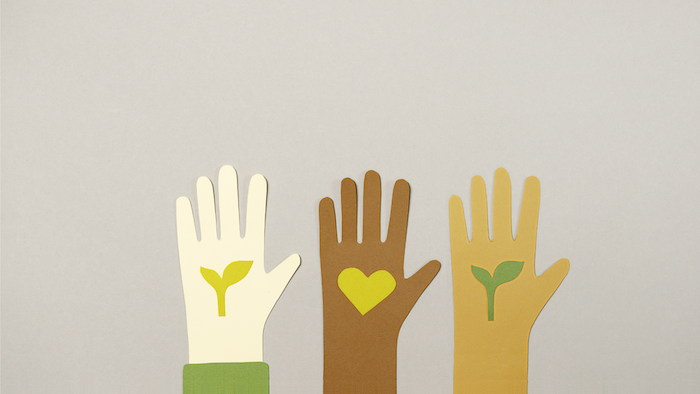
In the past, centuries ago, people talked more about the universe’s endless resources and how to use them for business. But the 21st century has shifted that mindset. Now, instead of just finding new resources to exploit, people and companies focus more on growing in ways that protect the planet and what’s left of its resources.
Companies use a huge share of the Earth’s resources and have a major impact in return. That’s why it’s crucial for sustainability to guide how they extract, produce, and distribute — so the world stays healthy and safe for everyone living in it, not just for those who can afford comfort.
Today’s shopping trends show that more people care about a product’s environmental impact when they buy. With so many choices, it can be hard to know which brands and products are truly eco-friendly. But since information is easier to find online, more and more people are researching and paying attention to which companies act responsibly toward the environment.
Here’s a look at some well-known brands often called “green brands” because of their commitment to protecting nature:
IKEA
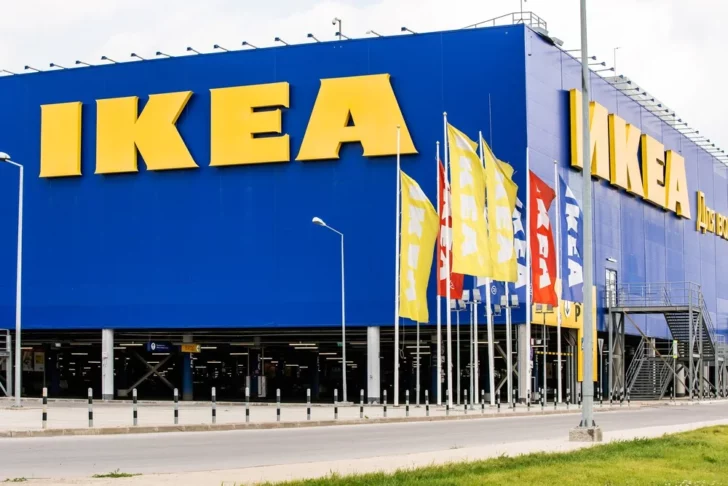
IKEA has made sustainability a key part of how it runs its entire business. It starts with the supply chain — the Swedish furniture giant sources nearly 50 percent of its wood from sustainable foresters and 100 percent of its cotton from farms that follow Better Cotton standards, which help cut down on water and energy use, as well as fertilizers and pesticides.
IKEA also uses more than 700,000 solar panels to power its stores and even plans to sell solar panels in the UK. Back in 2012, the company set a goal to run on 100 percent renewable energy by 2020 — but just four years later, it raised the bar even higher by aiming to become an energy exporter.
IKEA’s main message is clear — it wants to lead the way in protecting the environment, create a positive social impact, and make eco-friendly products accessible to as many people as possible.
Panasonic
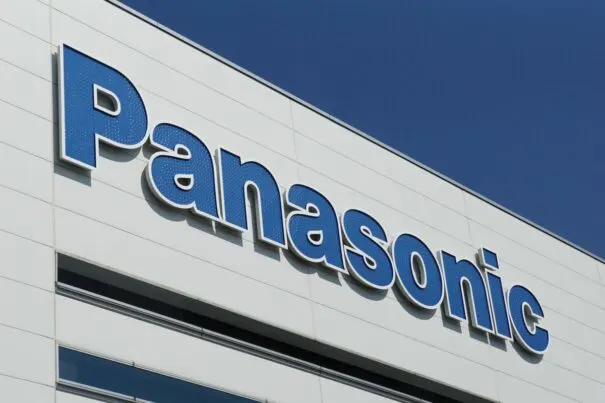
Panasonic also earns high praise from environmental experts. The company has big goals for energy efficiency and renewable energy, and it puts a strong focus on making eco-friendly products.
What makes Panasonic stand out is how it weaves sustainability into everyday operations. For example, the company moved its North American headquarters from the suburbs to a LEED-certified building in downtown Newark — a choice that helps cut down on employees driving to work and lowers their carbon footprint.
Panasonic also works hard to develop and produce compact, lightweight, durable products that have as little environmental impact as possible.
IBM
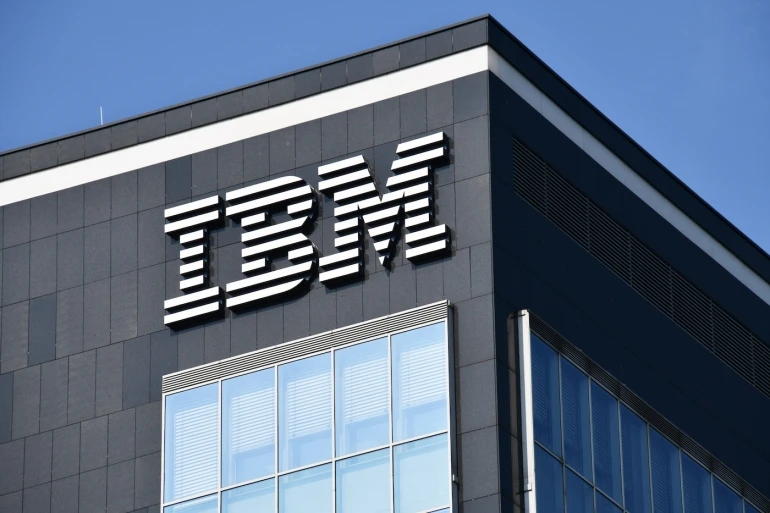
IBM was one of the first companies to adopt sustainability and green business practices. Corporate social responsibility and caring for the environment have been part of IBM’s mission since the 1960s. The company published its first sustainability report back in 1990, and its data centers have won awards from the European Commission for long-term energy efficiency.
Today, IBM’s work includes smart buildings that lower resource use, green procurement, water management, and other sustainability efforts.
ADOBE

Adobe Systems was named the greenest IT company in Newsweek’s 2014 ranking — and for good reason. The company has reached impressive goals, including getting LEED certification for over 70 percent of its offices, even renovating a historic building in San Francisco. Adobe also aims for net zero energy use and wants to cut down on packaging to help reduce plastic waste.
Adobe has also led the way in saving water during California’s historic drought. Since 2000, it has cut its water use by more than 60 percent by adding eco-friendly appliances and planting native plants.
Nike
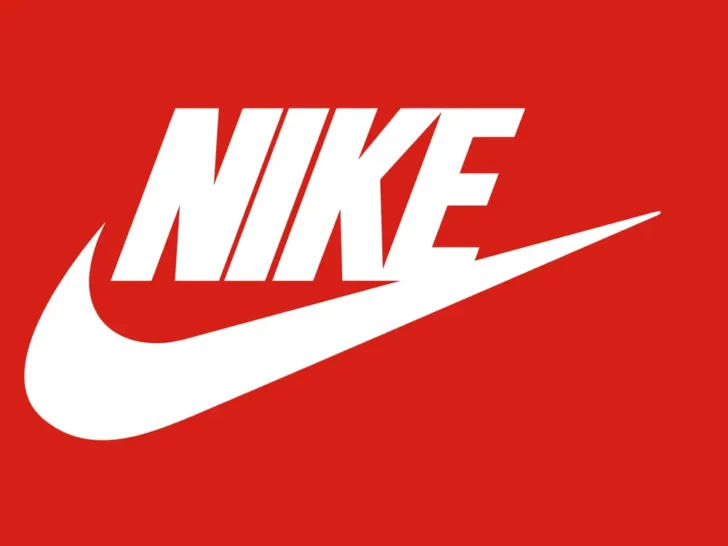
Nike hasn’t always had the best reputation for sustainability, but in recent years it has made big changes for the better. In 2015, it topped Morgan Stanley’s list of the most sustainable apparel and footwear brands. A big part of this success comes from its focus on supply chain and manufacturing practices. Nike also created an app that helps designers compare the environmental impact of different fabrics, making it easier to choose greener options.
The company uses post-consumer recycled materials in some products — a trend it kicked off back in 2011 with its World Cup jerseys — and has redesigned its boxes to use less packaging. Nike is also working to cut out chemical waste, boost energy efficiency in its factories, and much more.
Protecting the environment is an issue that won’t lose its importance anytime soon. That’s why it’s so encouraging to see major companies — examples for society and startups alike — taking steps to care for the planet and doing their part to help build a healthier future for everyone.
RELATED NEWS

Animals
A dog named "Kupata" that helps children cross the road was..

Positive Stories
How Givi Shanava created animated "recapitulations" of..

Positive Stories
How Can You Become a Creative Thinker? These Simple Tips Can..
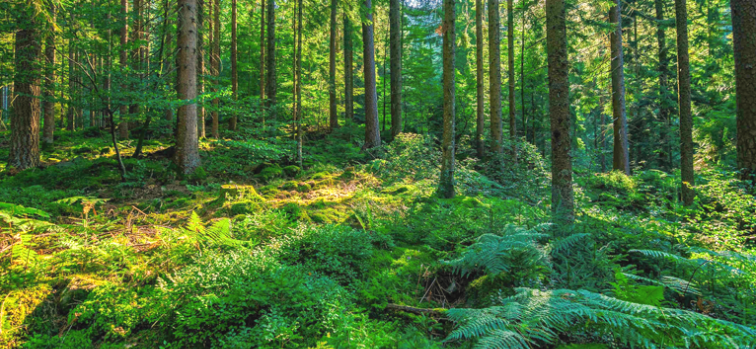
Positive Stories
The Secret Life of Forests: How Nature Protects Itself and Why We..